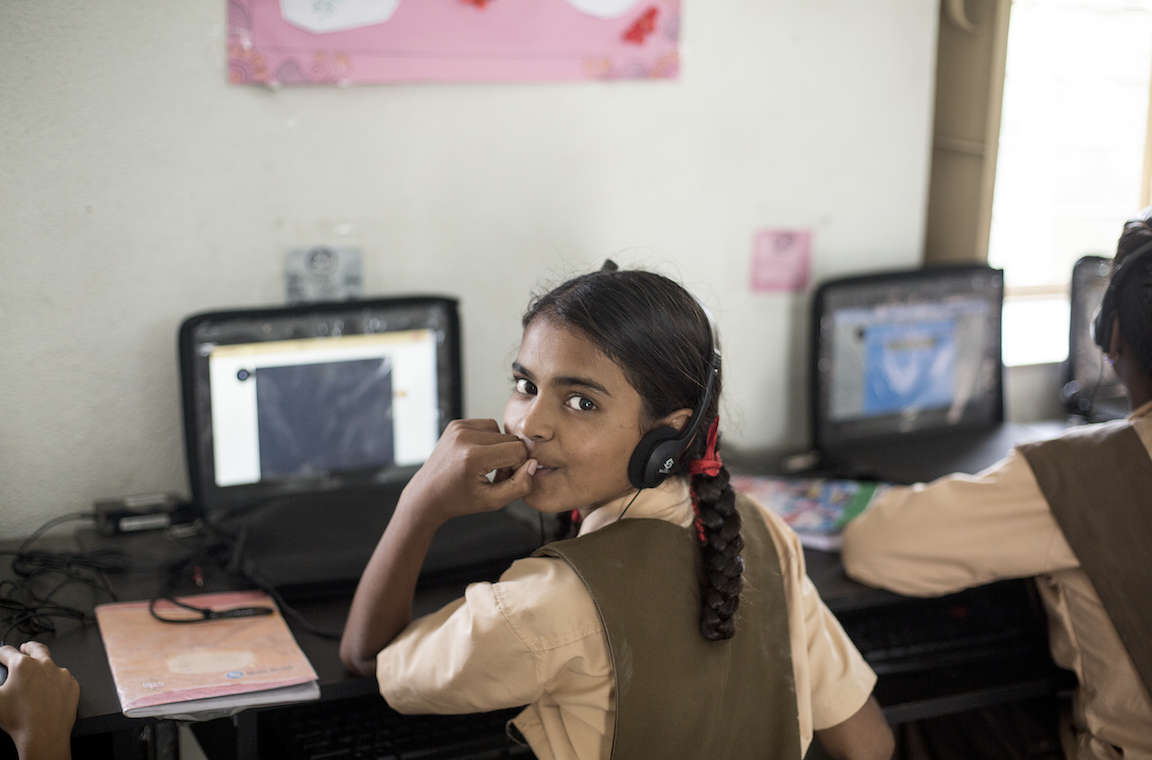
Edtech is a classic sellers’ market: governments around the world are desperate to make their spending more efficient and effective to drive up education outcomes. When an edtech supplier comes to them with glossy presentations and promises of wall-to-wall learning, it’s easy to be seduced that this – and only this – is the solution.
This may be a slightly cynical take but it is not far from the truth. Unfortunately, it has also resulted in instances of edtech failure in countries around the world. An example is the One Laptop Per Child initiative in Peru, that 15 months after implementation had zero impact on maths and reading test scores.
Too often in the past governments haven’t got the demand-side right. The best-designed technology will not deliver results at scale unless it is implemented within an enabling environment that can properly support it.
Well-integrated and purposefully-built technology that is designed for a local system can make a real difference, especially when that enabling environment is right and the correct building blocks are in place. In other words, that same – or similar – technology can deliver real improvements. A large randomized control trial in rural China where ICT was introduced in English classes, showed that deploying digital equipment in schools did not have any effect on learning. But when the equipment was integrated into teaching practices, it did have an effect; fifth-grade students’ test scores improved by 0.08 standard deviations.
Tusome, a national literacy program introduced by the Kenyan Ministry of Education, includes digitized teaching materials and tablet-enabled teacher feedback in 25,000 schools. If scaled across subjects, Tusome could close the gap between what children should have learned after a certain period in school versus what they actually do learn for less than $150 per child.
So how can governments get it right? At the Pathways for Prosperity Commission – co-chaired by Melinda Gates, Sri Mulyani Indrawati and Strive Masiyiwa – we’ve been examining this question in a recent report: Positive Disruption. This lays out the principles that governments can follow for successful edtech implementation. These principles include ‘diagnose the problem before assuming that tech can fix it’, and ‘focus on the software (eg skills and training) not just the shiny hardware’.
So building on that research we’re getting more specific, and have crafted a checklist for ministers and agency heads. It represents quick wins that should be possible to pursue immediately within their existing authority.
- Build digital maps and dashboards for decision making
The digital age is powered by data, but data only has an impact if it provides insights or supports decision making. Education ministries should create system-wide maps, dashboards, or other tools for real-time monitoring of key indicators. This could be used to monitor infrastructure and personnel (eg Ghana Schools Mapping Portal) as well as learning outcomes (eg VISHWAS in India). This is a relatively low-cost way to understand performance and identify priorities for timely resource allocation. To extend the impact, make this administrative data open and accessible to help providers, entrepreneurs, and local communities.
- Standardize data across your education network
Ministers and agency heads are usually able to set parameters across the system. Standardizing how data is collected, stored, used, and protected is a crucial priority. Data must be consistent – ie standardized – between schools and districts if it is to generate system-wide insights. The VISHWAS platform mentioned above is creating a standardized way to collect consistent education data across schools. Education ministers can also be powerful advocates in cabinet for standardizing whole-of-government approaches to data protection, a crucial issue that requires a coordinated policy.
- Equip teachers with information
Digital technology is an easy way to get the latest guidance into the hands of teachers. This can include guidelines for lesson plans, messaging services to exchange advice and good practice, digital libraries or video materials. Also in India, DIKSHA is a growing curated digital library with lesson plans and materials. Apart from closing knowledge gaps among frontline workers, digital tools also help them participate in feedback loops – providing direct information to managers and planners.
- Test and learn through local customization
Achieving impact with new technology is notoriously difficult – tools that work in one context can fall flat in another. Education institutions should adopt administrative and decision-making protocols that allow for co-design, rapid learning, and an organizational culture that accepts the risk of failure. Research groups and organizations (eg Central Square Foundation) continue to evaluate new interventions, but these proven technologies will almost certainly need to be adapted to work in new contexts. Of course, procurement is more costly at small scale, but this is something where donors and other organizations may be able to help finance customization, co-design, and testing.
The effectiveness of this checklist will depend on a country’s starting points, but the steps will put a country on track to tap into the immense potential of digital technology to improve learning for all, and avoid the pitfalls of ed-technological temptation.


